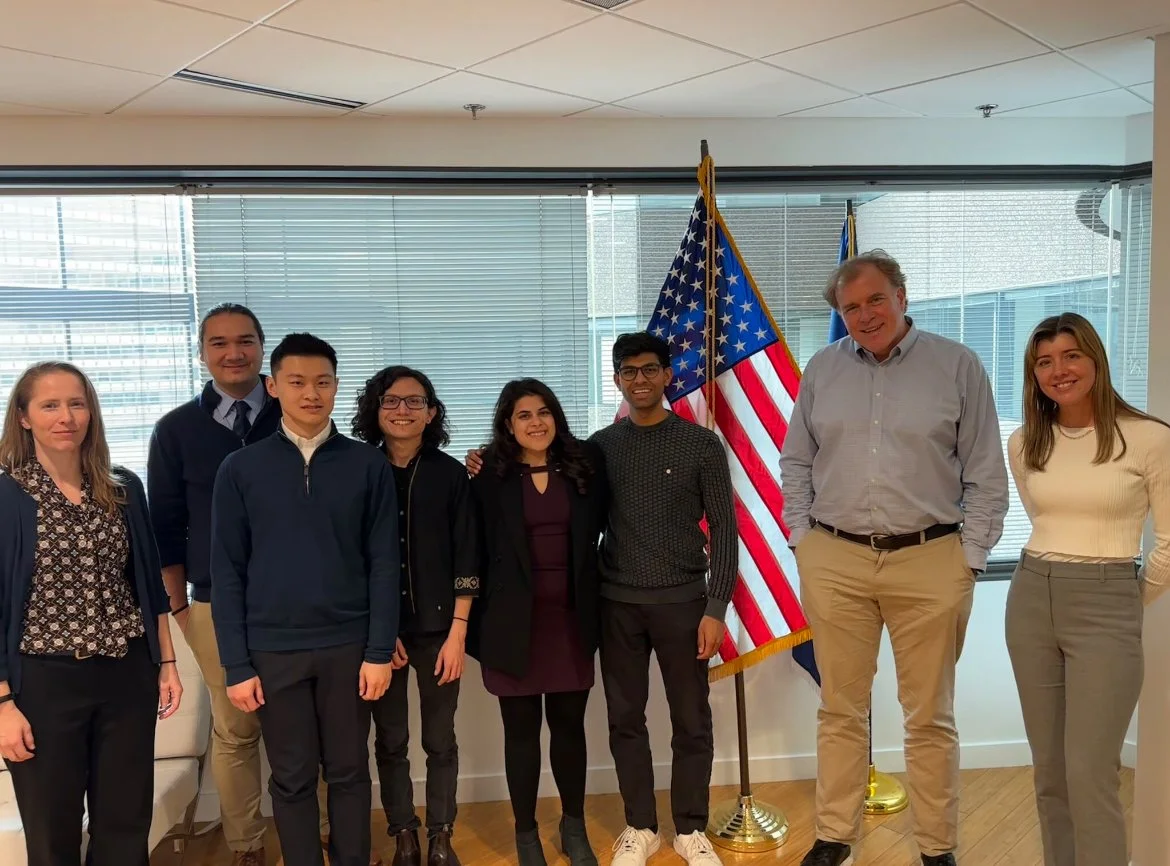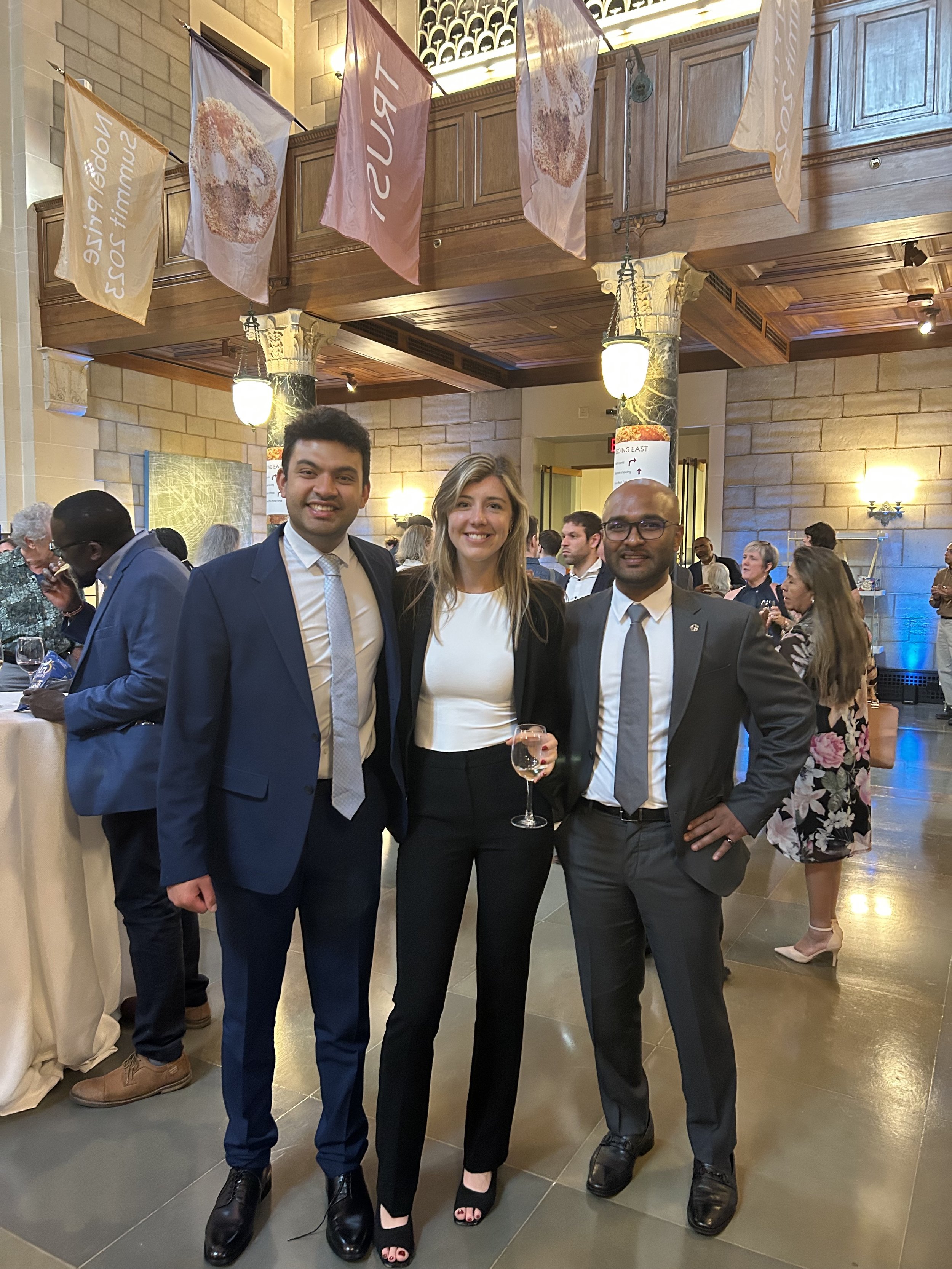Our audio deepfakes study on NBC News!
An absolute pleasure to sit down with Senior Investigative Reporter, Bigad Shaban (who, by the way, is awesome to work with), and discuss all thing deepfakes and AI-powered voice clones, and the post-truth era. Bigad even tried to do the same 'real vs. fake' voice quiz that we gave to our study participants and did no better than guessing!
This piece is great because it outlines: 1) the different risks between audio and visual deepfakes, 2) the scale of these risks, and 3) what everyday digital citizens can do to start protecting themselves. Thank you to Bigad and NBC Bay Area for doing such a good job in communicating our work, and to Emily Cooper and Hany Farid for being the best co-authors as always.
Full video is available here: https://www.nbcbayarea.com/news/local/ai-deepfakes-fraud/3979308/
And our original paper was published in Nature Portfolio Scientific Reports here: https://www.nature.com/articles/s41598-025-94170-3














